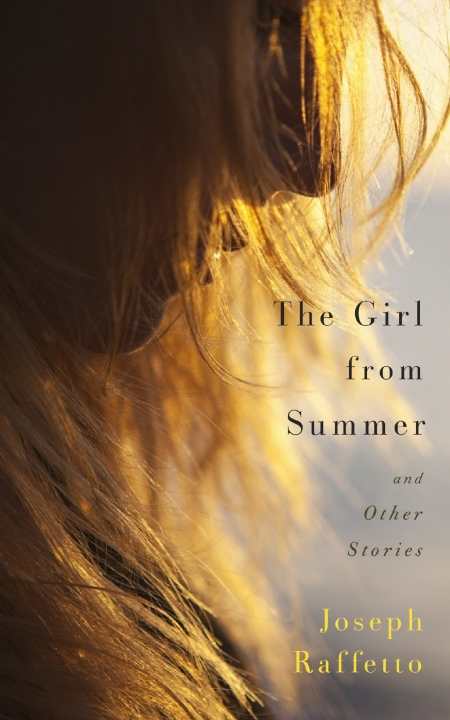The Girl from Summer and Other Stories
Four character-driven novellas subtly tie together separate stories of pain and redemption through love.
With achingly sympathetic characters, The Girl from Summer and Other Stories is a reconciliation of passions, an exploration of deadly sins, and a collection of love stories, each flowing with an undercurrent of sorrow and quiet wisdom. Each of these four novellas has its own distinct voice, the mark of a truly talented writer.
In the first story, “Young Scott and Zelda,” a twenty-one-year-old F. Scott Fitzgerald meets and falls in love with the eccentric Zelda Sayre. As he enters the military, told that the only way his first novel will be published is if he dies on the front line, Fitzgerald faces with sensitivity the consequences of his drinking and of Zelda’s obscure passions.
The story is slightly out of sync with the images of the two icons known today. It would be much more powerful had it been written in a style true to Fitzgerald’s (as it is narrated in his voice), but it still stands as a unique perspective on this couple’s history.
“Young Scott and Zelda” is the weakest of the four novellas, not to say it isn’t elegantly composed. But the author allows room for forgiveness when, in the title story, he designs the Fitzgerald piece as a screenplay written by aspiring author and substitute teacher Kristin Boyd. Suffering from anorexia and the aftermath of rape, Kristin returns to her hometown of Los Angeles, where she, like Fitzgerald, meets and falls in love with an unexpected character. Former baseball player Holden Helms has struggled with alcoholism since his professional downfall, but his enchantment with the quiet, frail Kristin invites him down the path of redemption. A revenge story as well as a love story, “The Girl from Summer” has a distinct summery atmosphere, despite its solemn characters and difficult subject matter.
More baseball players appear in “Inside ’75”—three boys participating in the summer playoffs. Narrator Jay and his two friends are thrust into puberty, recession, and a culture of racism on the Southern California coast. The violence arising from tension between groups of boys in the suburbs, between boys fighting over girls, is a test of courage and loyalty. The characters in this story, though still developing their personalities at age fifteen, have heart.
“Seeds from ’79” introduces readers to chain-smoking, punching-bag-destroying John, who remains “absorbed in his acute nineteen-year-old rage” until his compassion for the humble college-bound Ellen lures him out of his rebellious streak.
That John is nineteen in 1979 and Jay fifteen in 1975 (and that Ellen mistakenly calls John Jay, referring to Jay Gatsby of Fitzgerald’s novel) implies that the events and people in the stories are tied more tightly together than they seem at first glance. This, incidentally, makes the characters feel even more real. Each of the novellas can be read as its own story, but to read all four together is an enlightening experience.
Readers will easily empathize with Kristin, Holden, Jay, and John, even while their faults outweigh their positive attributes. Though all are victims in their own ways—of both hatred and of love—the characters allow readers to recognize within themselves the difference between letting oneself be victimized and owning the experiences that shape one’s loyalties.
The Girl from Summer is a fantastic debut collection from a writer with great promise and a fresh voice.
Reviewed by
Aimee Jodoin
Disclosure: This article is not an endorsement, but a review. The publisher of this book provided free copies of the book and paid a small fee to have their book reviewed by a professional reviewer. Foreword Reviews and Clarion Reviews make no guarantee that the publisher will receive a positive review. Foreword Magazine, Inc. is disclosing this in accordance with the Federal Trade Commission’s 16 CFR, Part 255.

